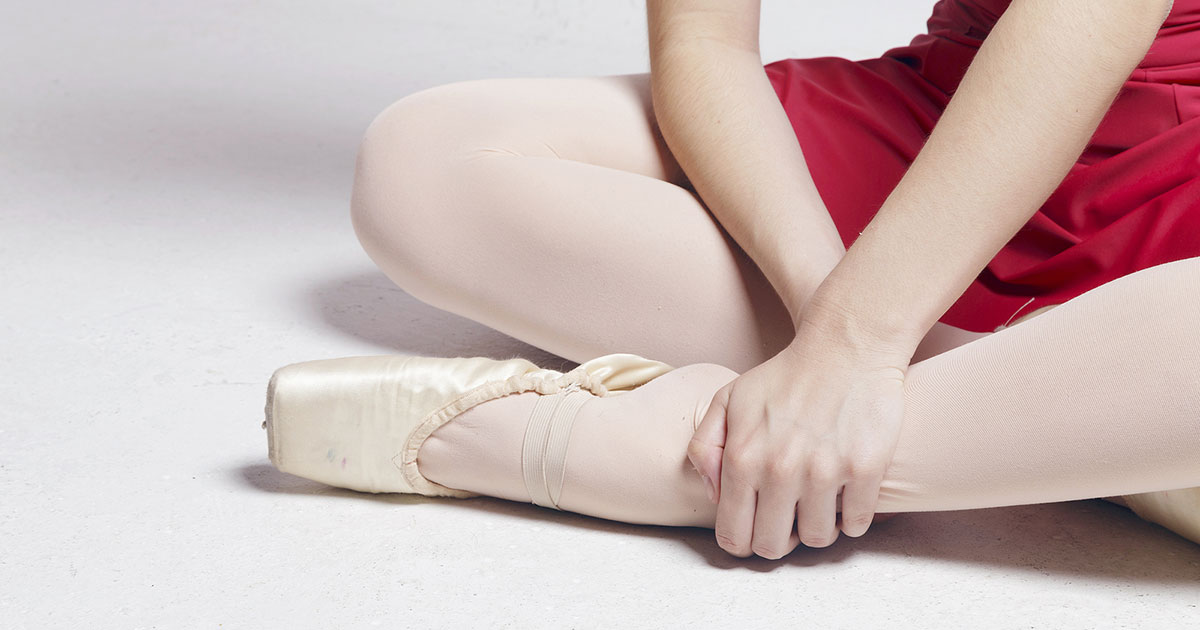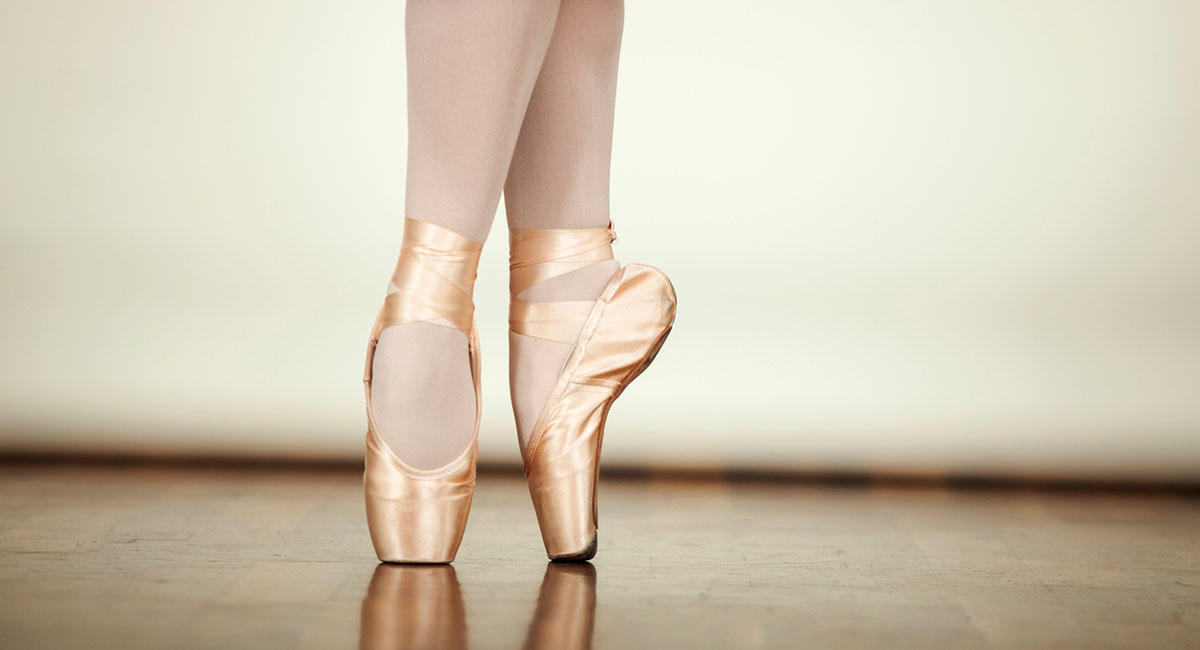Six Ways to Minimize Pain and Injury If You Play an Instrument
Advice to improve your movement, fitness, and overall health from the world #1 in orthopedics.

If you're a musician, your goals probably revolve around generating a great sound. What can you do to play longer, faster or better? What can you do to ensure you are able to play for many years to come? Do you ever worry that pain or injury will slow you down? Interfere with your performance?
Because of the intense, repetitive nature of playing music, musicians are at a greater risk for occupational injuries, and frequently incur pain and playing-related injuries. Fortunately, many injuries are avoidable by understanding the risk factors and engaging in healthy habits and safe practice.
If you are concerned about playing-related pain and interested in optimizing your musculoskeletal health, consider this list of six factors that may be contributing to your musculoskeletal pain or injury.
Excessive Training
Musicians are especially prone to overusing the small muscles of the hand and arm from long and demanding playing and performance schedules that require high repetition and rapid, complex, coordinated movements. Too much playing without proper pacing and rest breaks can strain your muscles and cause injury. Before your next performance or session, try to build in the steps below:
Physical warm-up: Warming up your muscles before playing increases the blood flow to the muscles and allows for playing longer with less pain and fatigue. Try jogging in place for one to two minutes or doing several jumping jacks to get your blood flowing prior to playing.
Rest breaks: Take a minimum 10-to-15-minute break every hour. Use your break to do some gentle stretches or get up and walk around to relieve muscle tension and give your joints a rest.
Mindful practice: Alternate repertoire and focus on problem passages. Don’t cram. Supplement physical practice with mental practice and shadow practice to preserve your endurance.
Smart practice: Vary your repertoire and gradually increase intensity and playing time. This is especially important after vacation or injury. Stagger playing schedules throughout the week and give your body one day a week of complete rest, if you can.
Changes to Instrument or Repertoire
Changing the instrument or playing routine without gradual practice can put extra strain on muscles and tendons that have not been conditioned properly.
If you are playing a new instrument, changing a technique or learning a new, more demanding repertoire, proceed slowly. Gradually increase the intensity and playing time to give your muscles a chance to adapt to the new demands.
Quality of Instrument
Instruments in poor condition with leaking valves or keys require extra force to generate sound, which in turn can lead to musculoskeletal pain and injury. If your instrument has not been properly tuned or needs repair, you may be using your muscles more than necessary.
Make sure your instrument is properly tuned and repaired and has the right dimensions for your body. Consult with a specialist who can make recommendations about instrument modifications to make playing more comfortable and safer.
Poor Posture
Prolonged awkward playing postures place excess force across muscles and joints, which can lead to musculoskeletal pain and injury. Be sure to practice good body mechanics. Proper posture and body mechanics place less stress on the joints and muscles and allow for longer and more efficient playing. Consult with a specialist who can make recommendations about posture and position and can prescribe stretches that are specific to your instrument and performance demands.
Psychosocial Factors
The high pressure and performance anxiety associated with the demands of a busy performance schedule can contribute to stress, which in turn can exacerbate normal aches and pains.
To help with this, stay calm. Panic and anxiety can increase normal aches and pains. If you feel an ache or pain, do not panic. Just rest and ice. Most minor injuries disappear after a short rest or a few days. If your symptoms persist, seek medical attention from a specialized provider.
If you are unable to rest because of a performance commitment, seek attention from a specialized provider. They may be able to show you taping techniques or other short-term strategies to provide temporary support and relief until you are able to rest.
Environment
Poor playing environment with inadequate temperature, space and light can cause muscle strain and lead to injury. Pay attention to the environment. Make sure you are practicing in a room that has the right temperature and adequate space and light.
Dealing with Injury or Pain
Sometimes, even with the best practice habits, pain and injury may occur. Remember that most minor injuries last two to three days. Always respect and pay attention to pain. Rest and listen to your body. If your symptoms do not disappear after several days, seek attention from a healthcare provider who specializes in musician injuries.



